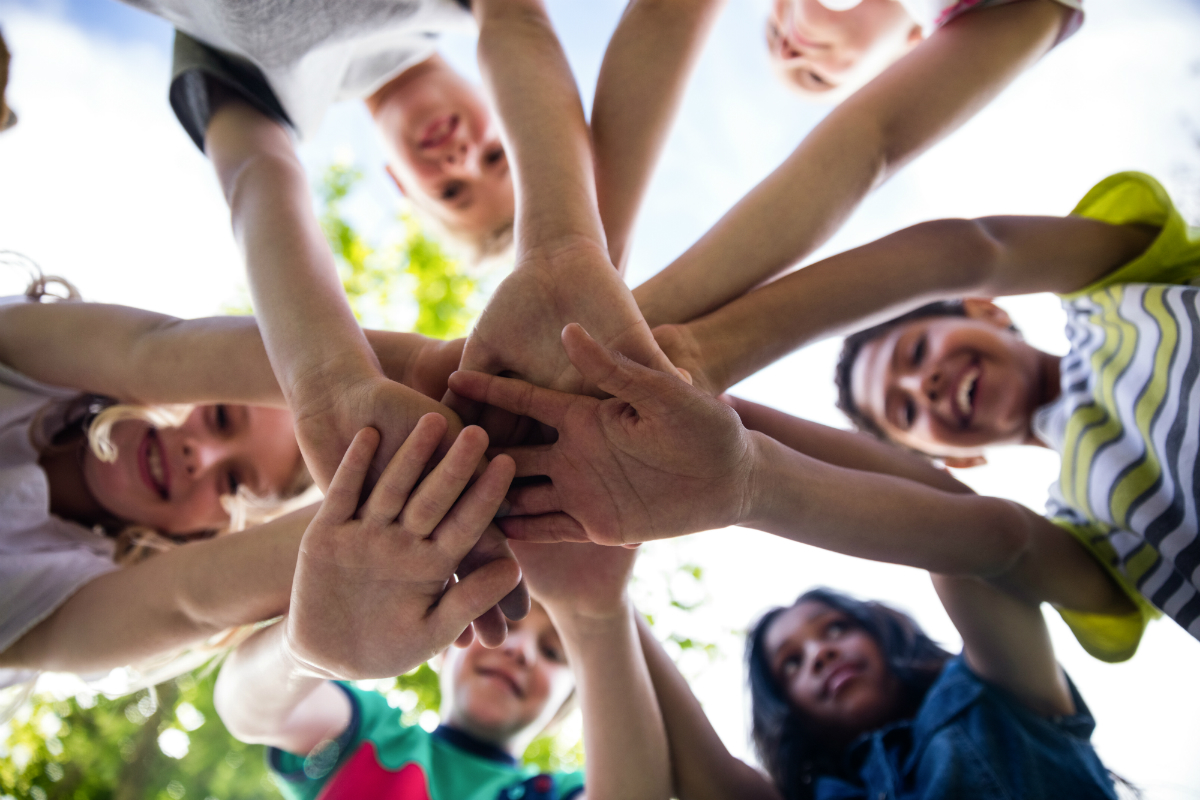New report highlights factors needed for strong MTSS implementation
Local needs, strong leadership and relationships are all at the center of proper implementation of Multi-Tiered System of Support (MTSS), according to a new report from the University of California, Los Angeles’ Center for the Transformation of Schools.
Findings stem from analysis of 35 schools from 26 districts throughout California as they implement the MTSS framework at the school site level.
The CA MTSS pilot program — co-led by Orange County Department of Education, Butte COE and the Center for the Transformation of Schools — aims to support schools in building positive school climates by ensuring that all students’ academic, behavioral and social-emotional needs are met.
Acknowledging that children of color are more likely to receive punitive, exclusionary discipline than their peers for the same behaviors, researchers at UCLA have explored in recent years how educators implement the CA MTSS framework and how they think about and address racial discipline disparities.
Highlighted among the findings in the latest report is how crucial healthy relationships are for supporting CA MTSS implementation.
“Strong relationships in school are essential for bolstering supports across domains. Cultivating healthy relationships between teachers and support staff was often viewed as strengthening the supports across the academic domain,” according to researchers. “Healthy relationships between teachers and students can strengthen the resources for addressing student behaviors. Additionally, having strong relationships with families and the community largely supported the development and implementation of social-emotional learning supports.”
Relationship building between teachers and students was most often centered as a Tier 1 support strategy — one that is adopted as a universal support for all students. Tier 2 and 3 interventions are more targeted to specific students or subgroups and increase in intensity.
The schools that were most successful with this strategy were those that intentionally implemented it with a plan for measurement, the report stated. For instance, one anonymous principal said that their school site put together a starter kit for building relationships that teachers engage with together before school even started.
“We came to a consensus that we were going to focus on very intentional strategies so that students would come to school and feel welcome and have a positive connection with an adult,” the principal said. “[We agreed that] every student deserves to have a positive connection every single morning, and greeting the students at the door each day with a very specific strategy is done schoolwide.”
Other key findings
In addition to cultivating healthy relationships, the report highlighted other factors required for MTSS implementation. Among them:
- Strong leadership and school site teams are integral in addressing challenging student behaviors. Across all schools, Positive Behavior Interventions and Supports (PBIS) was the most used Tier 1 support to address student behavior. Administrators surveyed who spoke highly of their Tier 1 supports often shared about schoolwide use of PBIS expectations, which are explicitly taught, according to the report.
One principal explained a practice called “the first 20 days,” in which students in every classroom are trained simultaneously “in academic conversations, noise meters, conversation stems, and PBIS behaviors so they all know those expectations from the beginning.” This ensures “all students have the opportunity to learn the routines of school together, which provides a foundation.”
- School and community context matters for implementation. The pandemic exacerbated social issues that were already impacting communities and disproportionately impacted certain populations, according to administrators surveyed. Challenging student behavior was often a result of complex emotions stemming from the difficulties faced over the last few years, and those expressing anger as a result might be disproportionately referred to disciplinary action instead of receiving the social-emotional supports that would help them to effectively process their emotions and improve their learning, according to the report.
Understanding the makeup of their community and the supports that might be needed allows administrators to better ensure that students were learning the most pertinent skills for their social-emotional needs. One principal noted that 83 percent of their community was living in poverty. As many parents lost income when businesses shuttered to limit the spread of the virus, things like “housing and food were not secure for some of our kids,” this principal said, highlighting the gap between what many teachers and school and district administrators experienced compared to some of their students.





